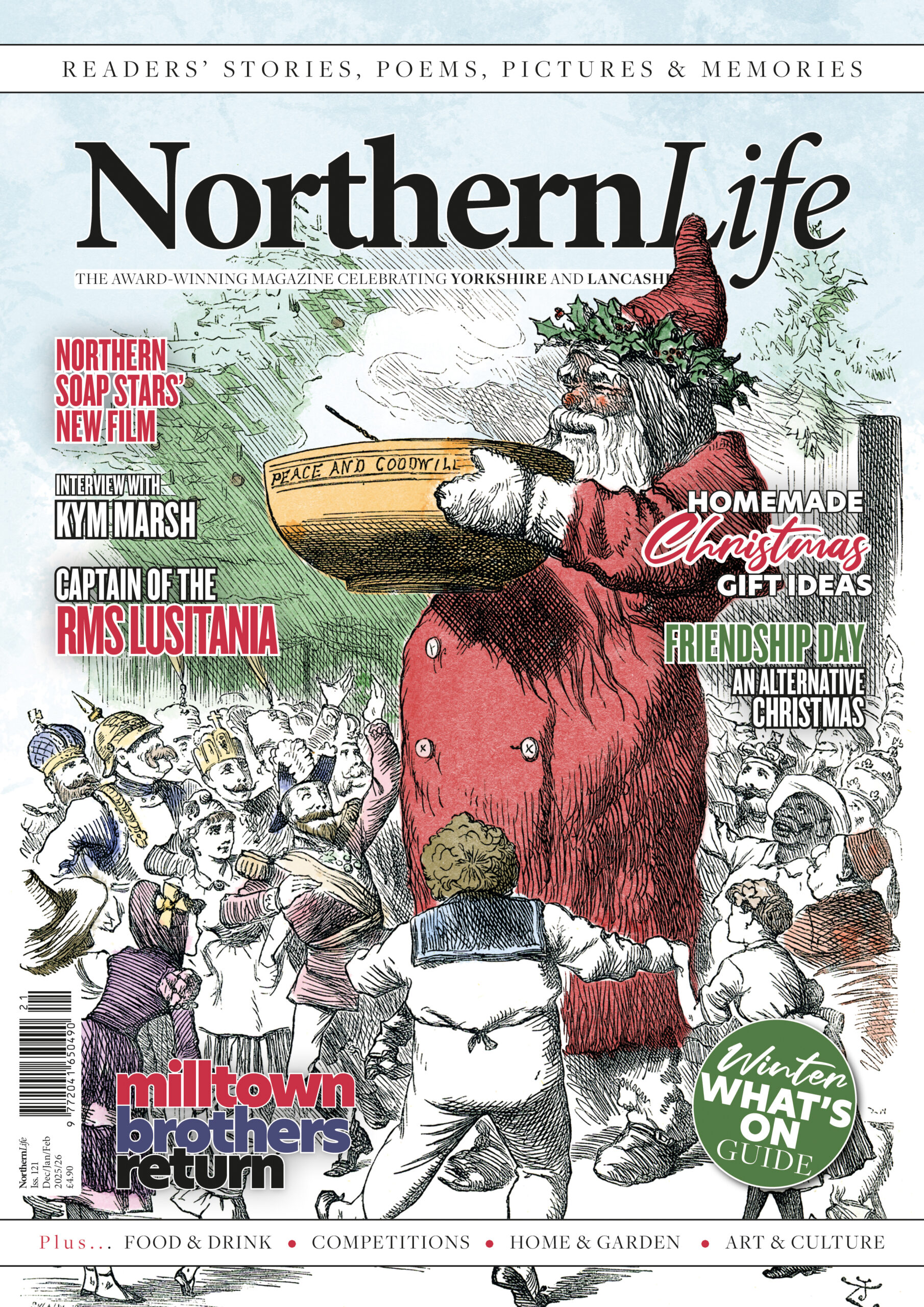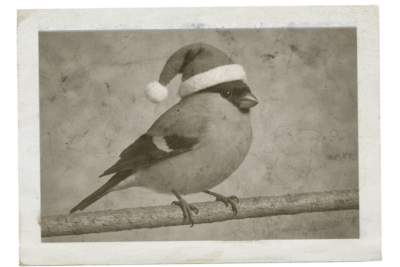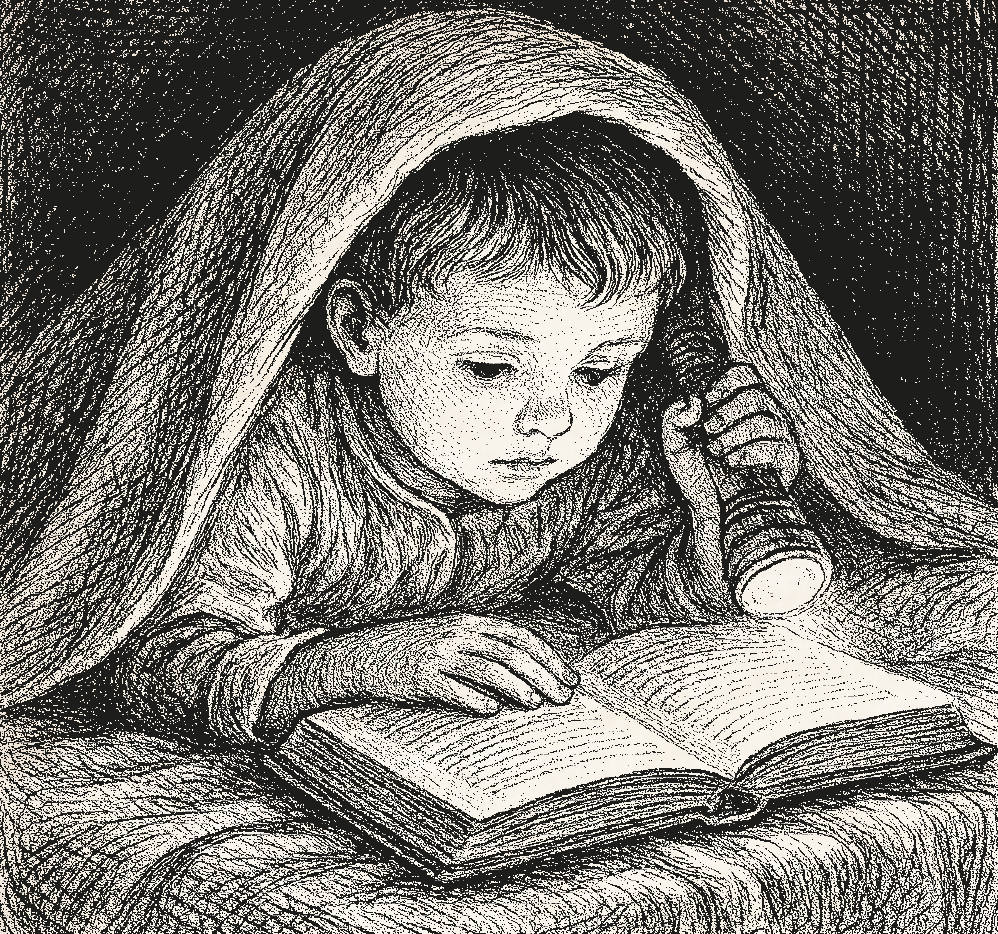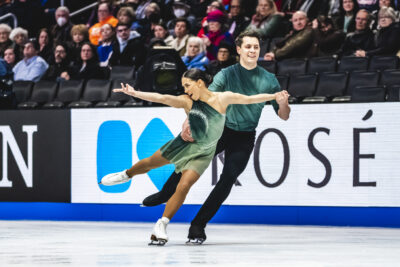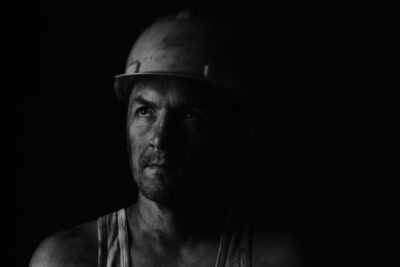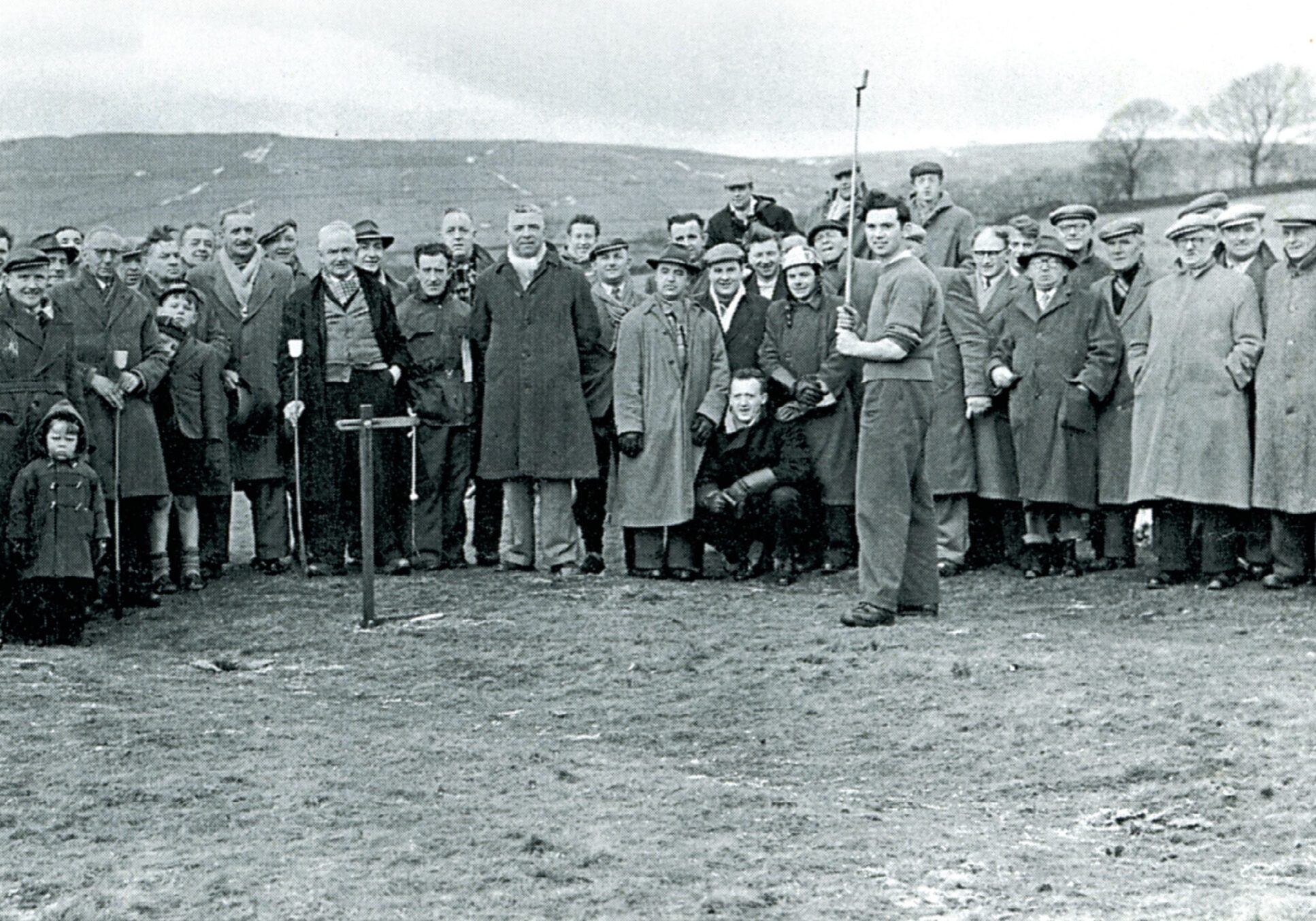
A World Champion in Colne
by David Walker
COLNERS HAVE EXCELLED AT A PECULIAR GAME CALLED KNUR & SPELL
You must be joking! I must confess those were my exact words when I was told that Colne was the home of a world champion. I must also confess that I had to eat a huge slice of humble pie when I learned that over the years, Colne has had not one world champion but four, two of whom, Stuart Greenfield and Leonard (Len) Kershaw, I have had the pleasure of meeting. Stuart won the title in 1970, 73, and Len in 1972 and 1991. As no more world championships have been played since then, Len is still the reigning champion.
So what is the sport in which so many Colners have excelled? Well it is a game called Knur and Spell. Some people might sneer and say that as the World Championship matches were never played outside of Lancashire and Yorkshire, the ‘world’ was not all that big and decry the title World Champion. I would disagree. While writing this article I have learned about the skill, hard work and dedication of those who played the game and they have more than earned the right to call themselves champions.
So what exactly is Knur and Spell? Well, it has been described as ‘poor man’s golf.’ Albeit, unlike golf, the Knur and Spell players stayed in one place and shot for distance rather than aiming towards a hole.
The history of the game is a little hazy but it is believed to have originated in medieval times but could be even older – how it got its name is also somewhat confusing. Some say the name derives from the Norse for ball game, ‘nurspel‘. Others suggest that knur is a derivative of the Germanic word ‘knorr’ and spell is from the Old Norse word ‘spill’ which means a game. However, whichever explanation one accepts, the link between both of them must be the Vikings. The theory supporting this is that the game was only played up in t‘north, i.e. the area where the Vikings made their settlements.
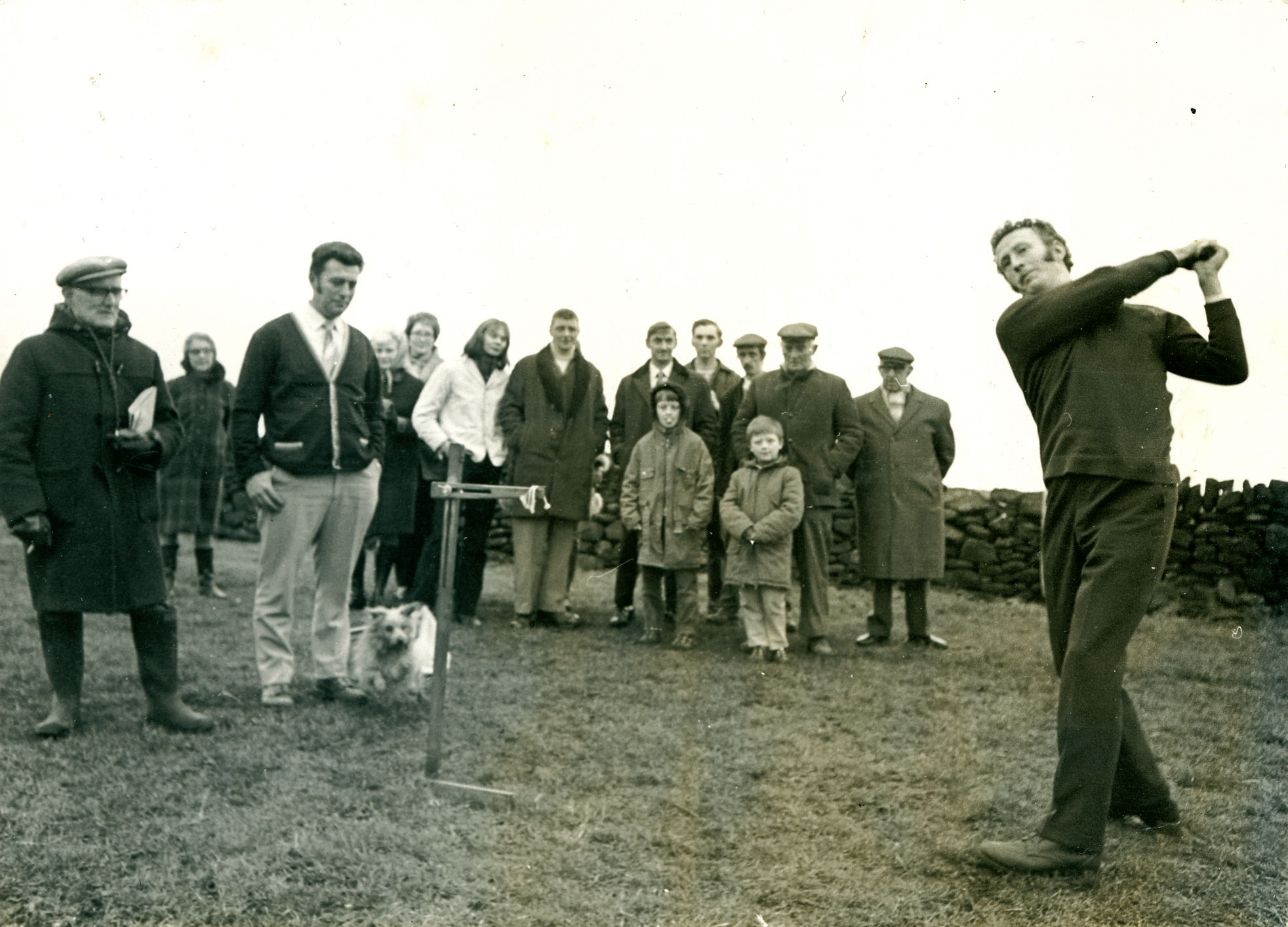
I personally do not like the term poor man’s golf but in fact there really is no better way to describe it because during the depression in the 1930s, it was a popular pastime among men who were out of work.
The reason for the game’s popularity was because unlike today’s golfers who seem to need a bagful of expensive state-of-the-art-clubs, fancy outfits and heaven knows what other accessories, a Knur and Spell player’s needs were simple in the extreme. 1. a stick, which was usually home made, 2. a Knur (ball), 3. a Pin (Lancashire) or a Spell (Yorkshire) from which to hit the ball, and 4. whatever clothes he stood up in, which in the thirties would often be a flat cap, waistcoat and clogs.
Local games were played in the fields around Colne, Foulridge, Elslack and Cowling.
World Championships and competitions which often would attract crowds of three thousand, were held at venues in Yorkshire such as the Spring Rock pub at Greetland, the Red Lion pub at Stainlands, the Bradshaw Tavern near Halifax and Dodsworth Colliery Sports Ground.
Yorkshire players used to complain that using a pin instead of spell made it easier for Lancashire
Before the contest, each player would also draw lots as to where they would stand and which order they would play in. Once this was done, the referee would stake out the striking positions leaving a 15-foot gap between each player.
At this point, I think it might be a good idea to give an explanation about the equipment.
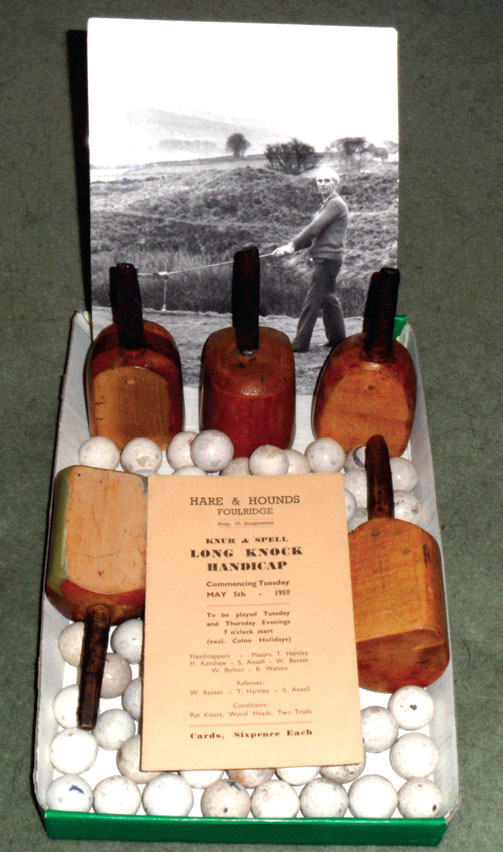
Knur & Spell Set
KNUR: A glazed ball of hard baked clay. As it was bigger than a glass alley and smaller than a golf ball, picture if you will a spherical object which is white, an inch in diameter and weighs about half an ounce.
SPELL: A metal or wood and metal spring-loaded device which was held in place on the ground by spikes. A Knur was placed in a small cup, and when the player tapped a lever with his stick, the Knur would be launched into the air, which he would then attempt to hit as far as he could.
PIN: The best way to describe this is to imagine a small gallows about a yard high. Although the Spell had to be stable and level, setting up the Pin (or ‘pricking in’ as it was also called) required a plumb line for the vertical post and spirit level for the horizontal arm. From the end of the horizontal hung a piece of string with a loop in which the player would place his Knur. Because a player would want the Knur to be perfectly positioned for striking, the Pin was so designed that the horizontal arm could be adjusted both up and down and backwards or forwards. Even so, many players still ensured the Knur was in exactly the right place by also checking its height by using a marked stick.
While on the subject of Pins and Spells, I must mention here that the Yorkshire players used to complain that using a Pin instead of a Spell made it easier for Lancashire players. “Anybody can hit a potty if it is still” was the usual moan. This was countered two fold by Red Rose county players. First, those that grumbled would be invited to ‘play off the pin’ if they wanted and second, reminded that “although using a Pin might be easier, ‘playing out of the spell’ meant they had an advantage because a Knur launched from a Spell and being already in flight should, when hit, travel further.”
Finally the STICK: Because its long straight grain made it strong and durable, Hickory was the choice for the shaft. The standard length of the stick was four feet. Players could use whatever length they liked, but as longer sticks would in theory hit the ball further, those using longer sticks had to give other players a yard start for every inch their stick was over four feet. Likewise, players using shorter sticks were given a yard for every inch their stick was less than four feet.
At the business end of the shaft which tapered like a snooker cue was the head. The preferred woods for the head were sycamore, and birds eye maple. The blocks of wood were highly compressed, backed with beech, then shaped and securely fastened to the shaft. Many players made their own, but there were also professional head makers. Being associated with a top player gave a head maker great prestige and many would only make heads for one man. The story goes that a head maker in Yorkshire called Archie Robinson, who had no qualms about showing his workshop and techniques to visitors, was once asked to sell some of his heads. He refused, saying, “He didn’t sell heads to Lancashire players!” How that comment would go down in today’s politically correct society I will leave to the readers’ imagination.
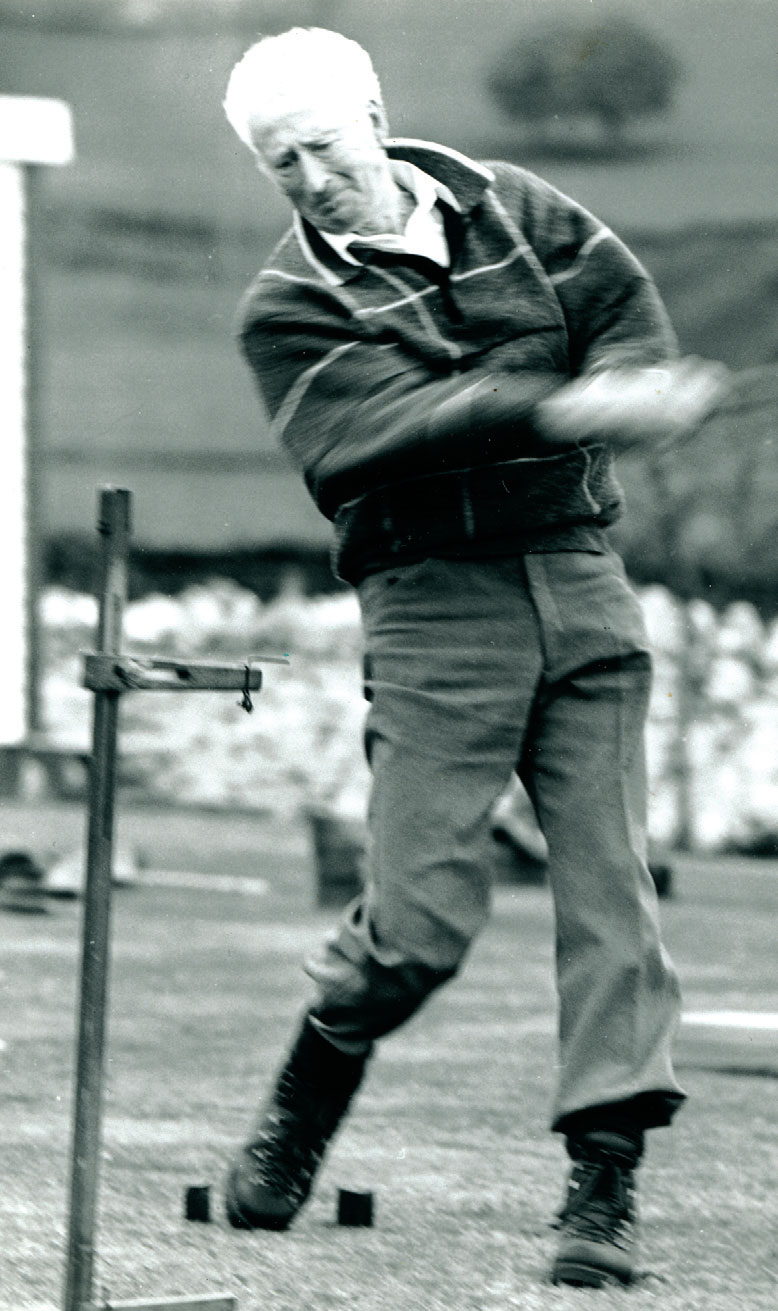
Len in action
After the players had drawn for the Knur and been allocated their positions they then prepared for the strike. Because the games were played in fields, it was often necessary for the player to level the area around his pin with sawdust or ashes. Once that was done, precise measurements were taken to mark exactly where they would place their feet. I do not know if all players did this, but Stuart told me that in order to stop his feet moving when he made his strike, he drove metal pegs into the ground just behind his heels.
Knur and Spell could never be considered a team game and yet each player had ‘lookers out’. One might stand behind the player to follow the flight of the Knur, but far more important were those who watched where it had landed because not only had the distance to be measured, but if the Knur could not be found in three minutes, the strike was declared void.
Two stories come to mind on the subject of finding Knurs. One is that dogs were trained to ‘sniff’ them out, and the other is that one farmer was so worried that his sheep might swallow lost Knurs, that he stopped the ‘tippers,’ as the players were called, using his land!
From my chats with Stuart and Len, I learned that the game was very popular during the 1930s but went into decline after the Second World War. In the 1960s, 70s and the 90’s its popularity rose again and companies like the raincoat manufacture Gannex, Melfar Manufacturing, and Websters Brewery all became involved with the sport as indeed did the BBC.
Through the years Knur and Spell has had an abundance of colourful, charismatic characters. Included among them were a one armed player who played with a two foot stick, and a blind man. The latter actually won his match by the way!
Stuart and Len have been lifelong friends and yet Stuart told me that they have never gone head to head against each other. All I can say is, what a great match that would have been!
Although many other players may have hit the knur further, the longest recorded strike belongs to Stuart. It was in a match at the Hargreaves Arms (Monkroyd) at Laneshaw Bridge. The Knur flew an awesome 240 yards two feet three inches. Not one to boast, Stuart modestly told me “Everything just happened to come right on the day!”
ColneLife Spring 2022
